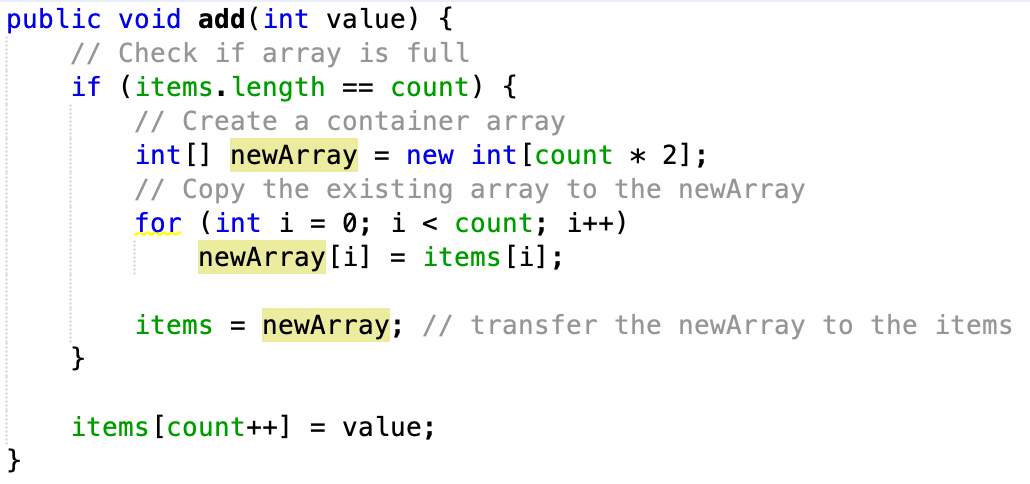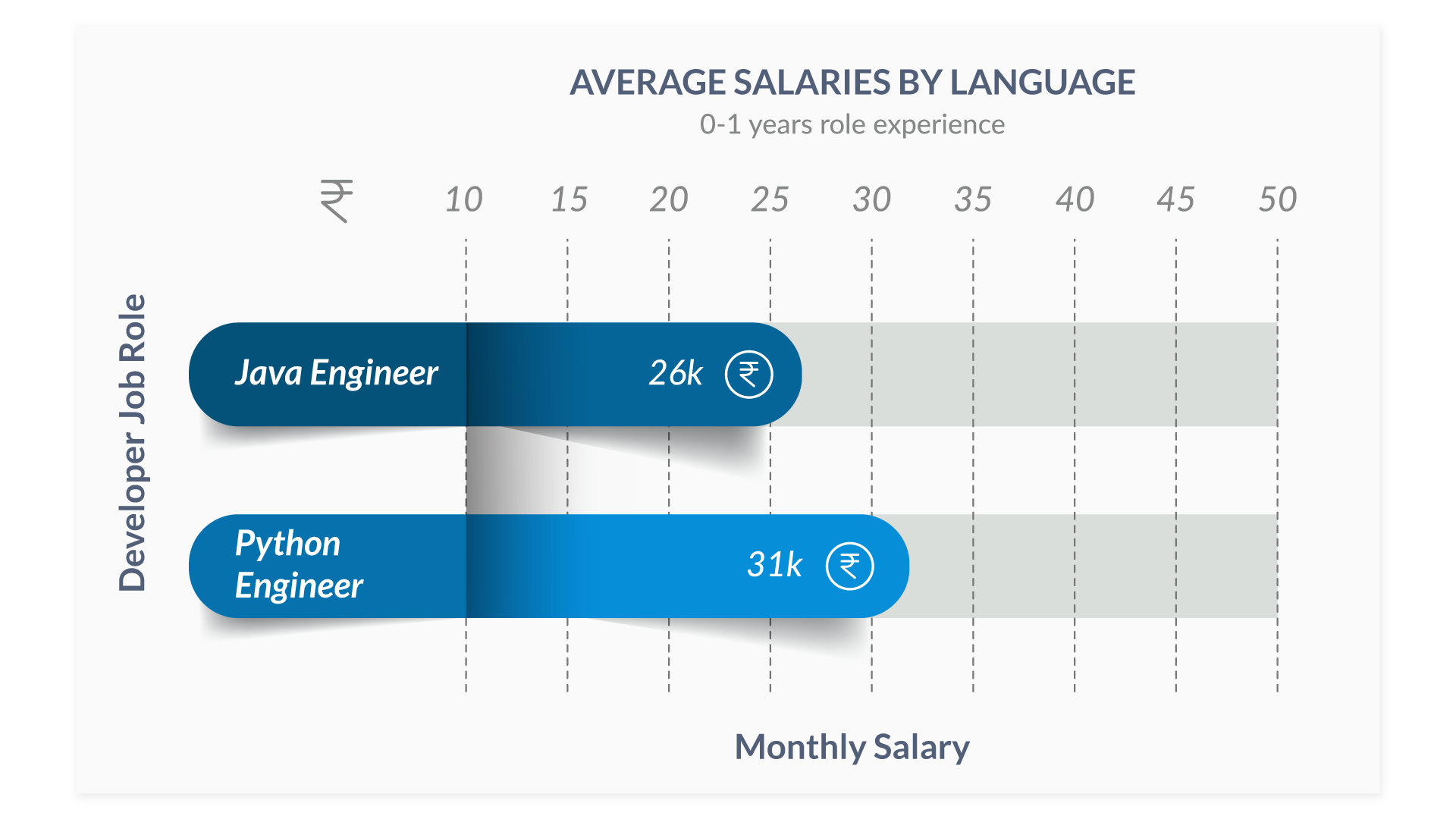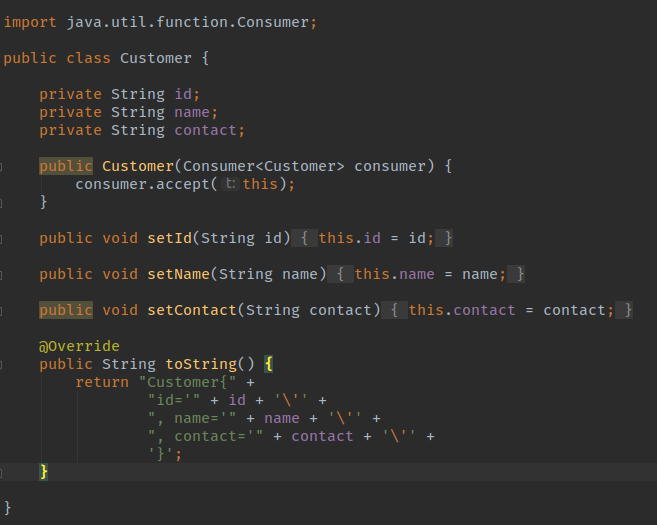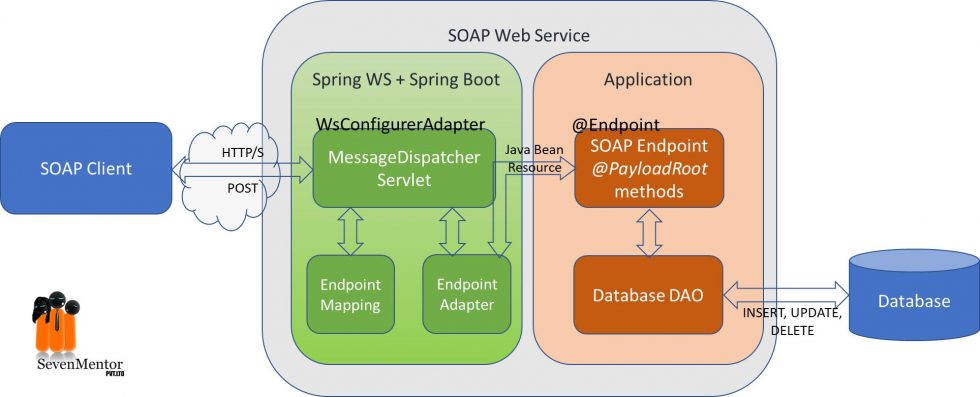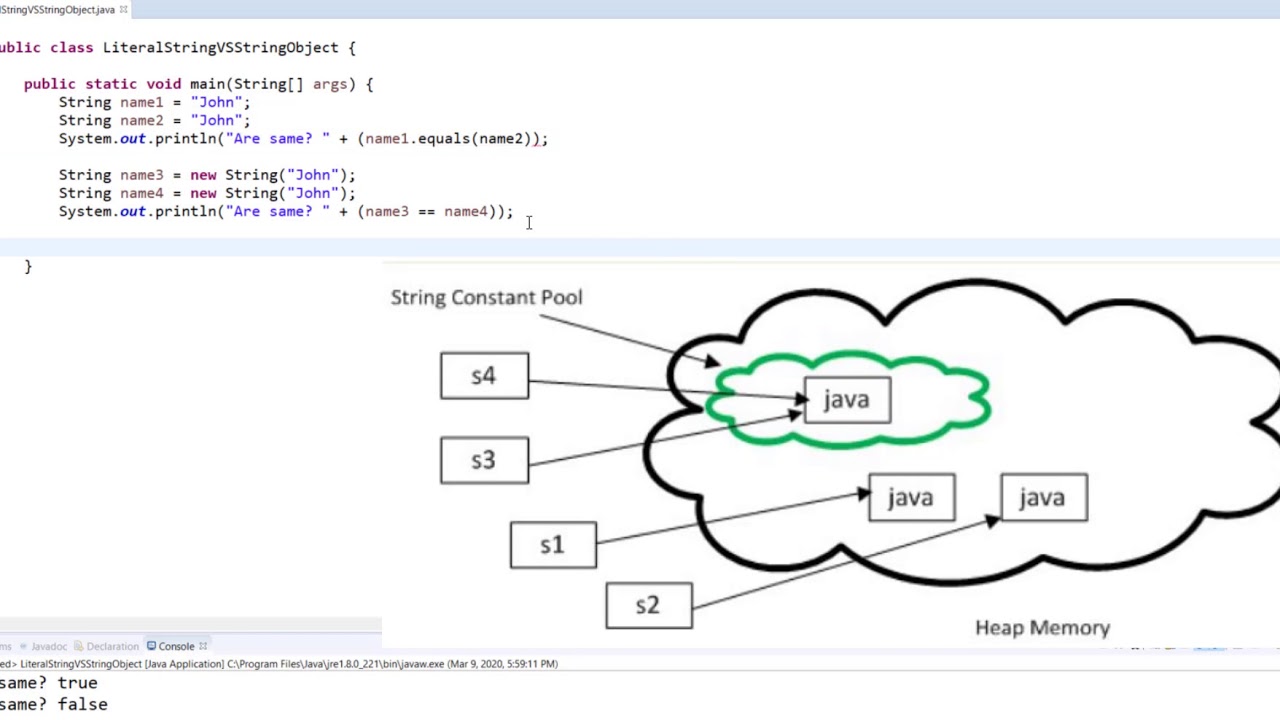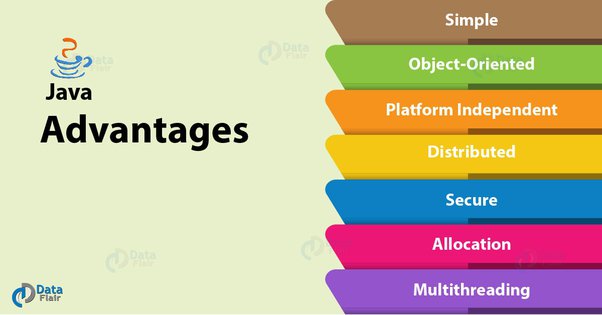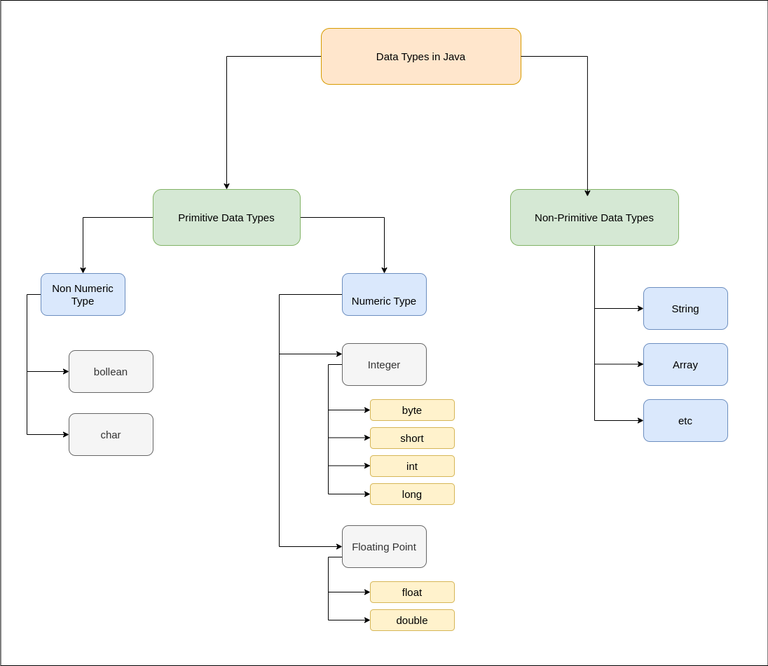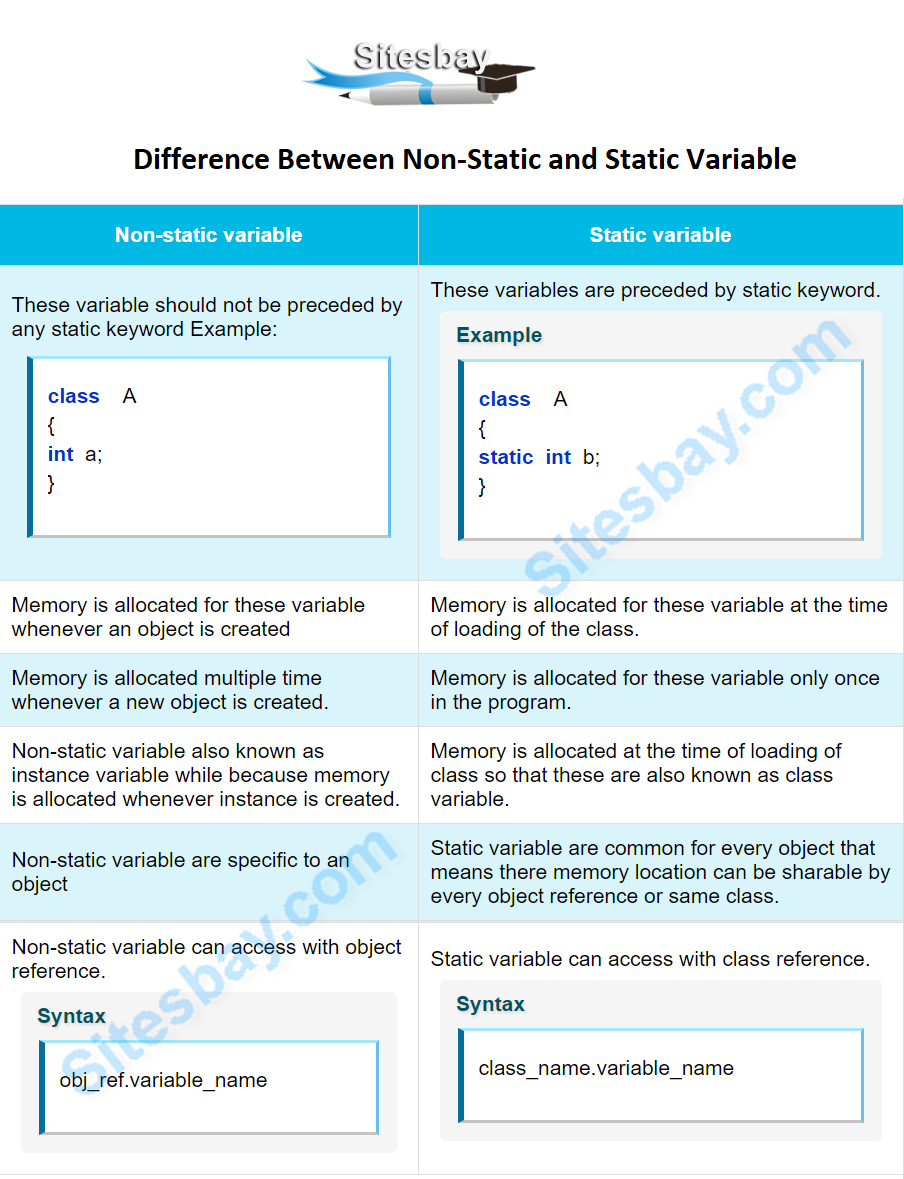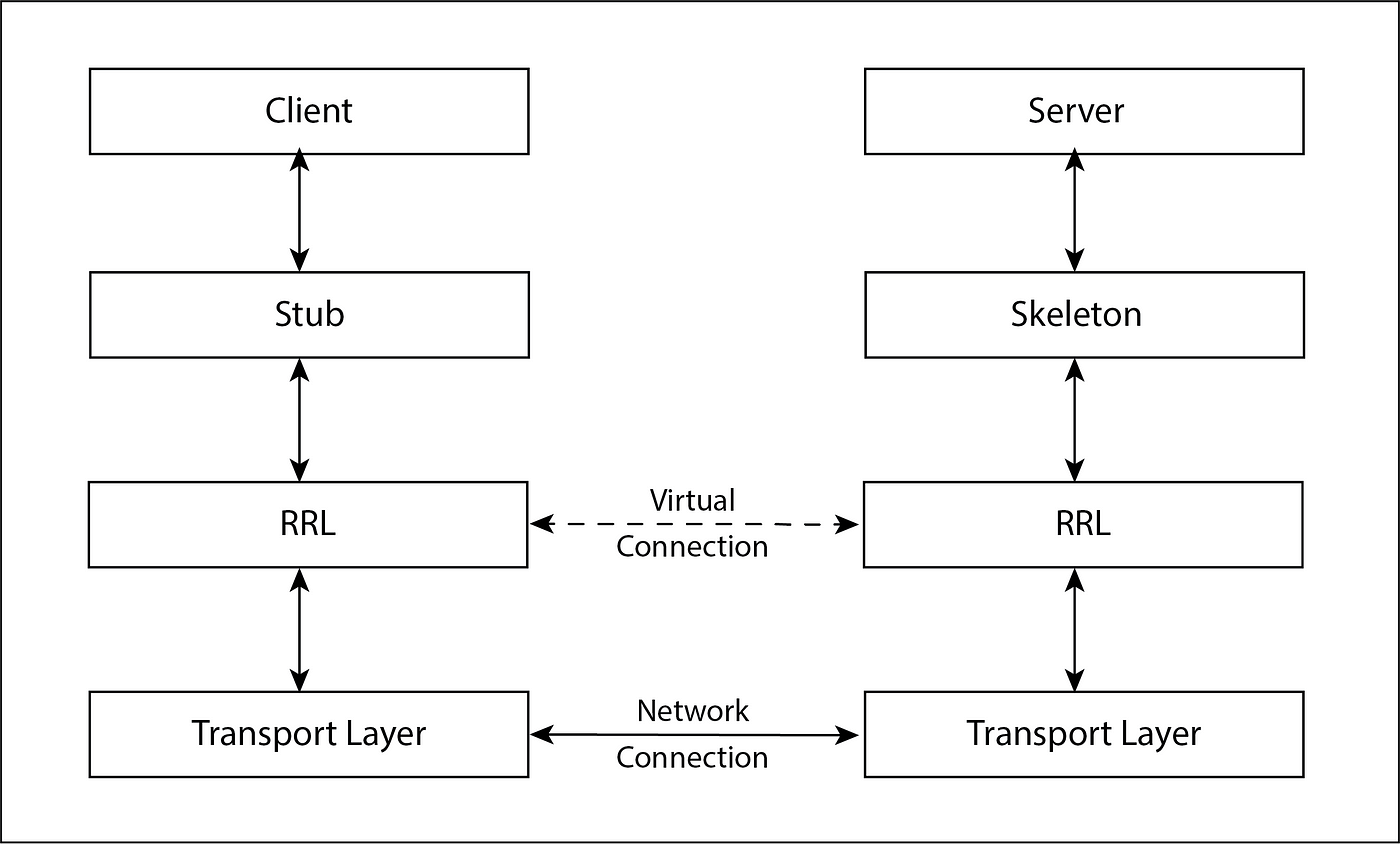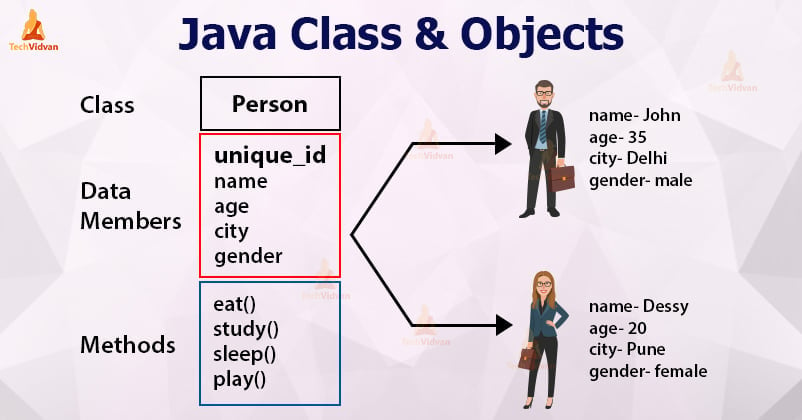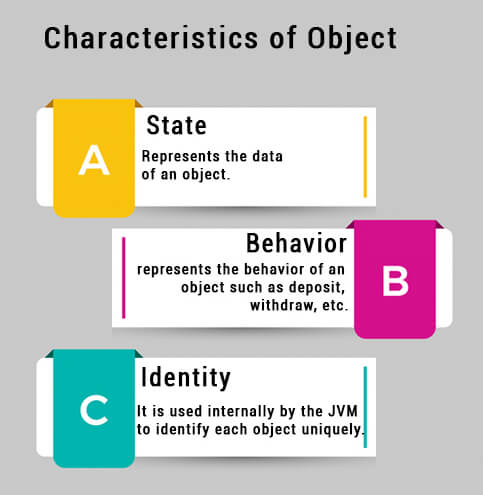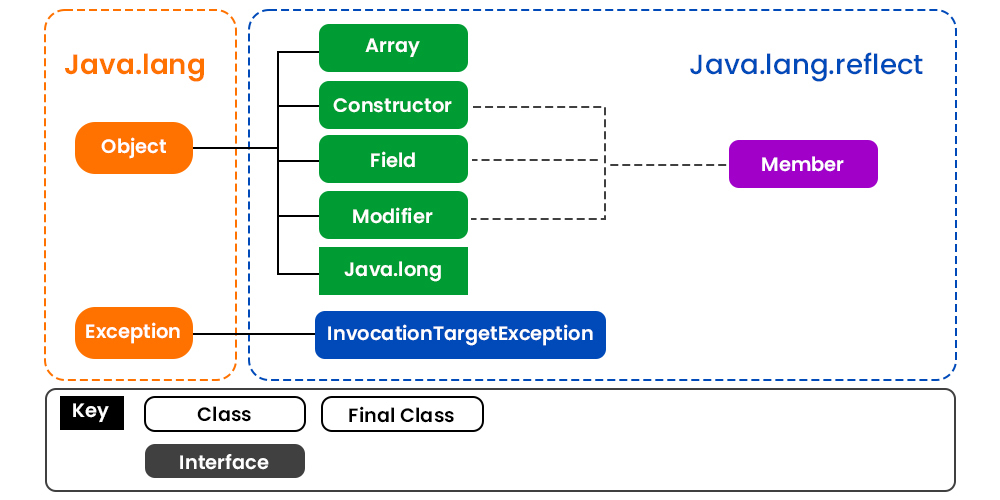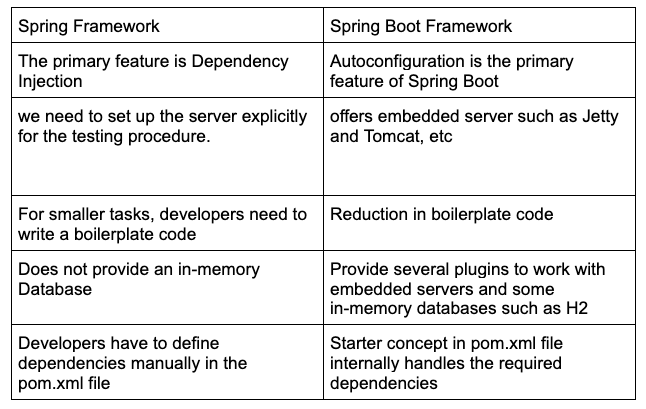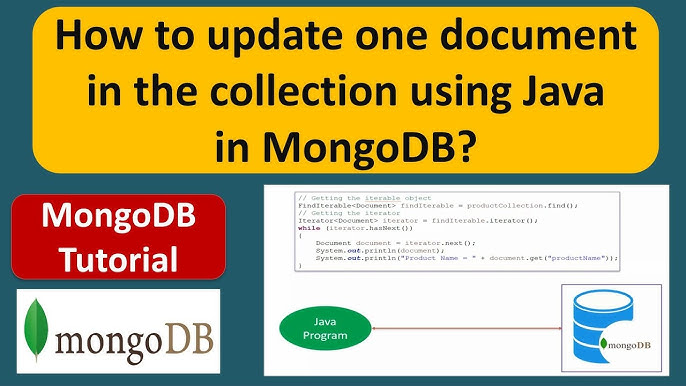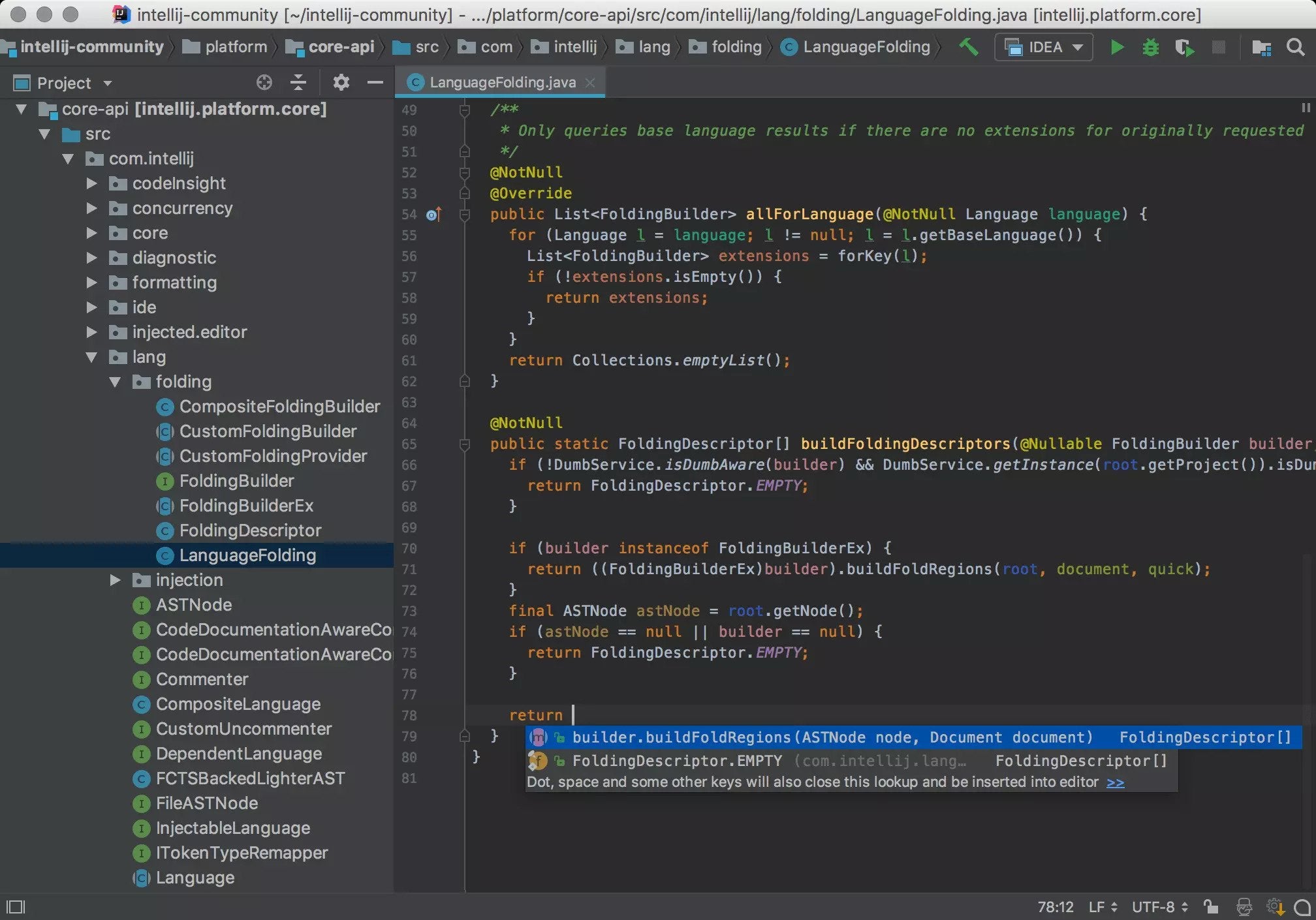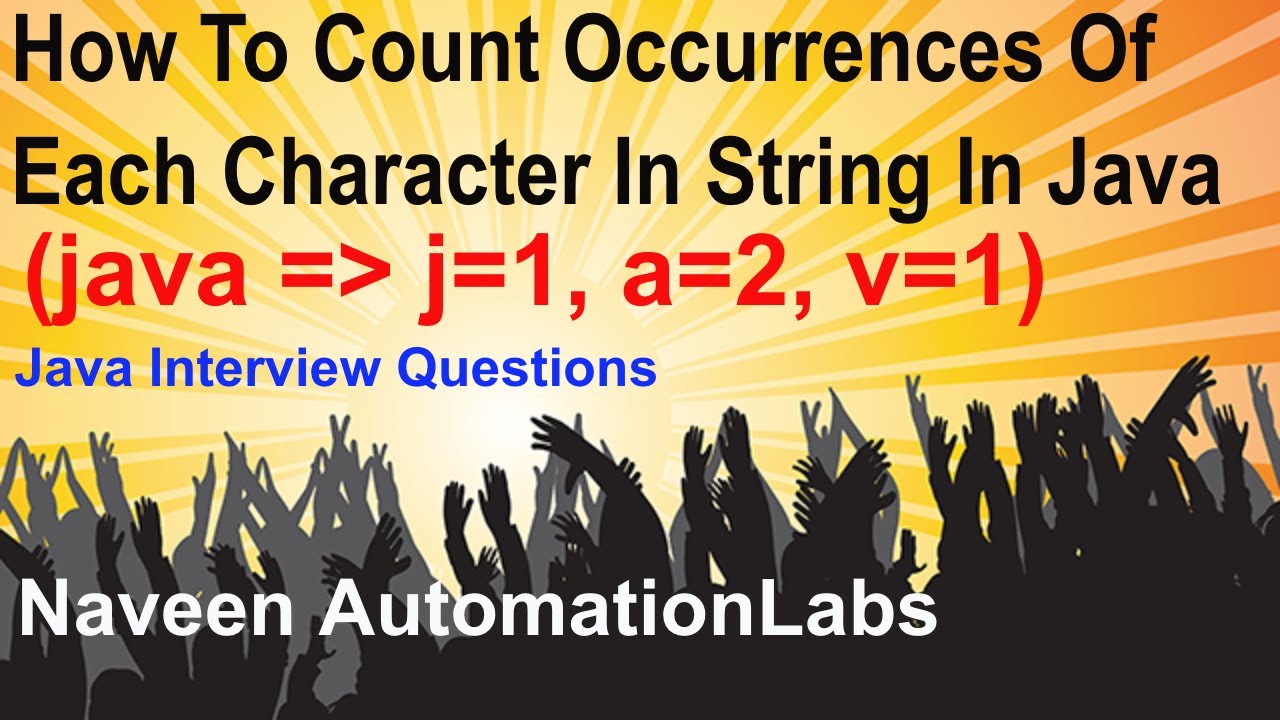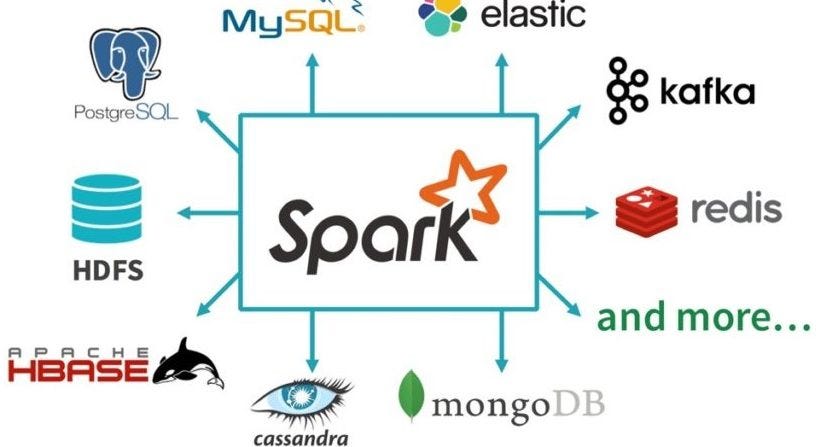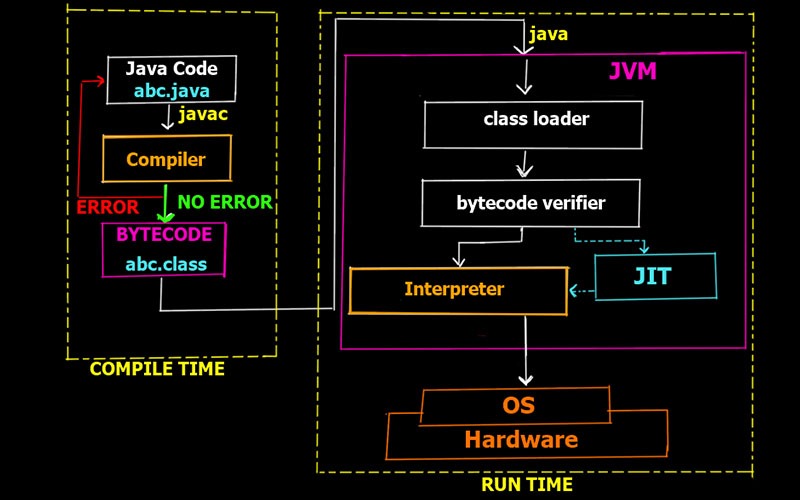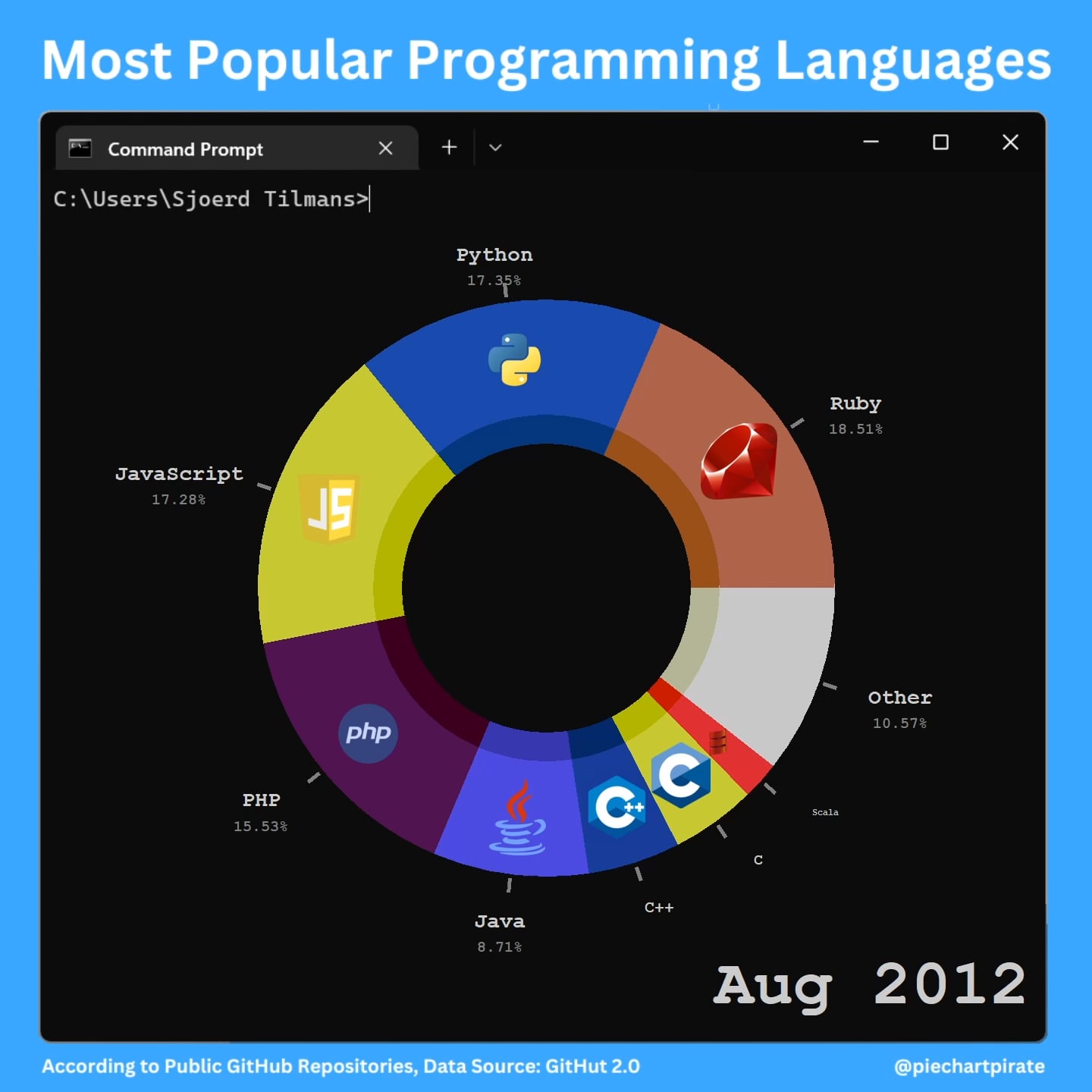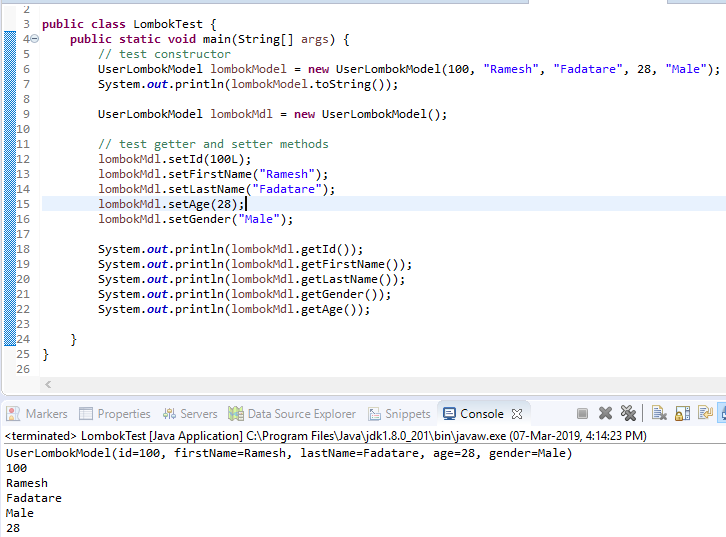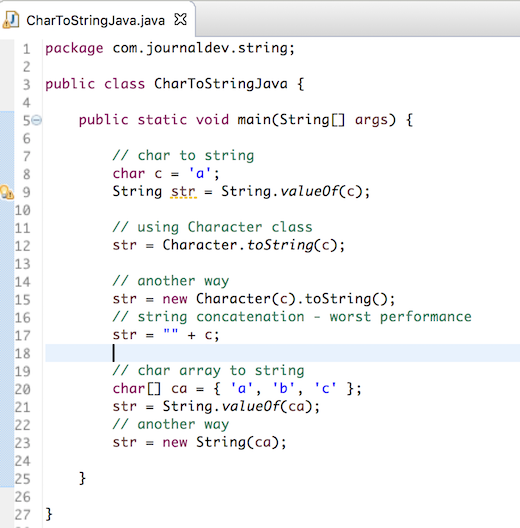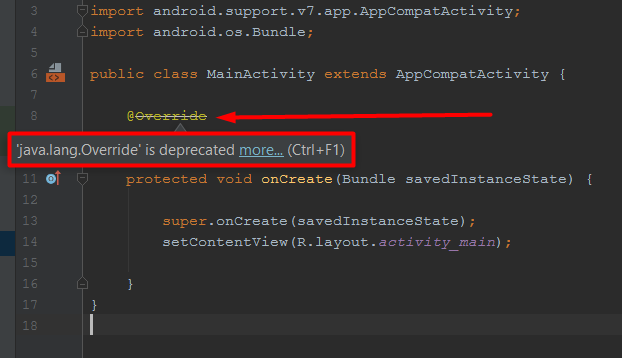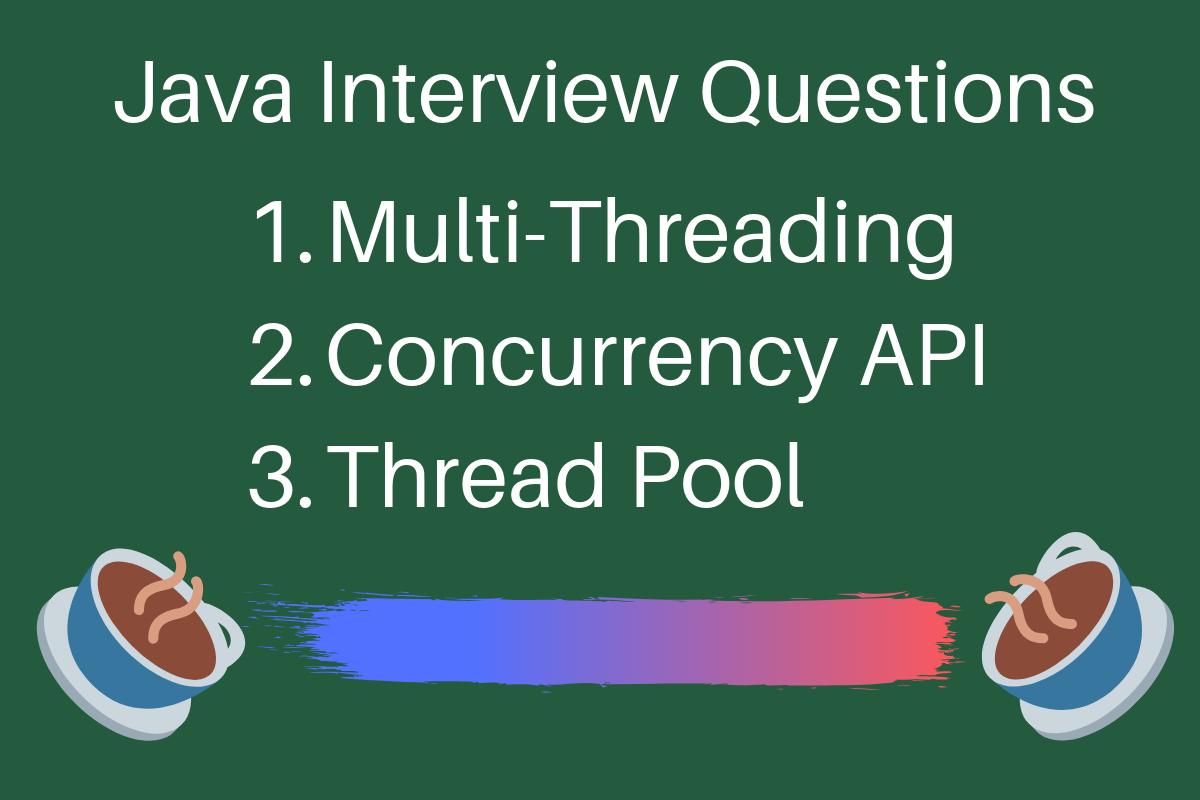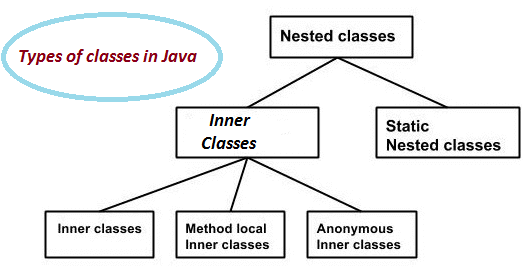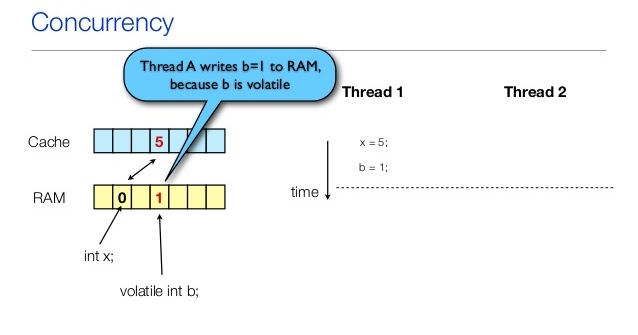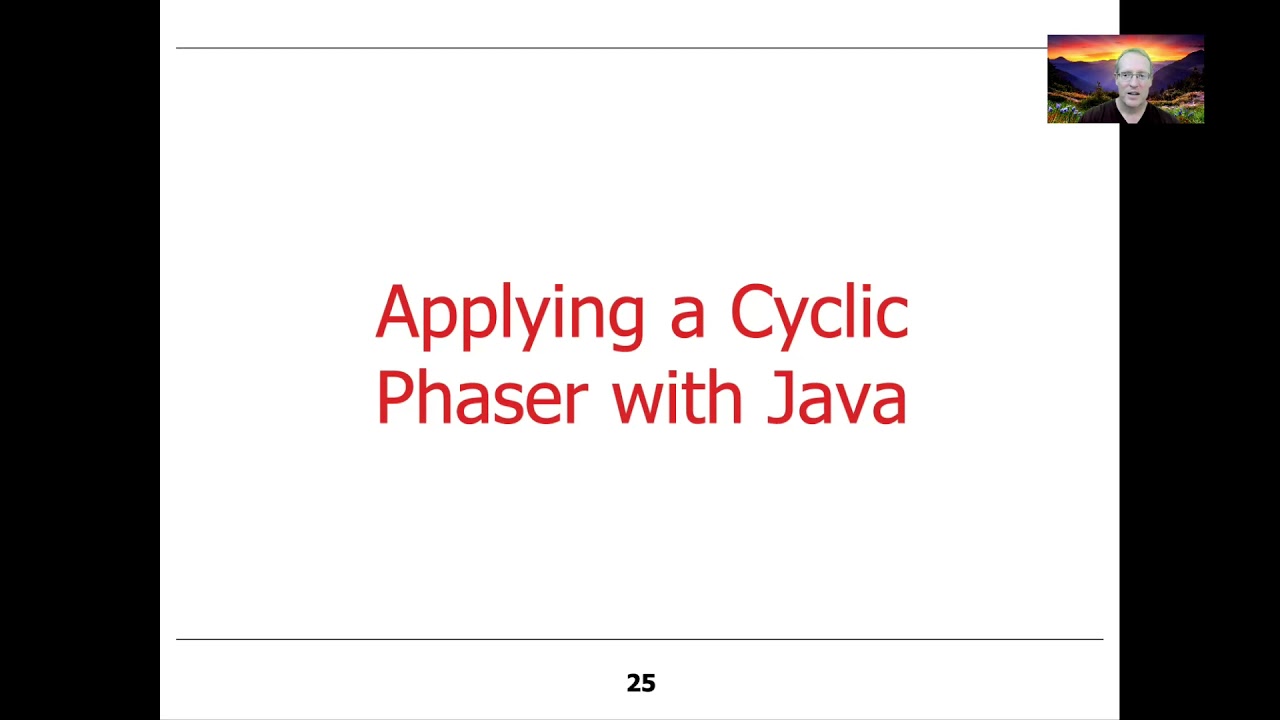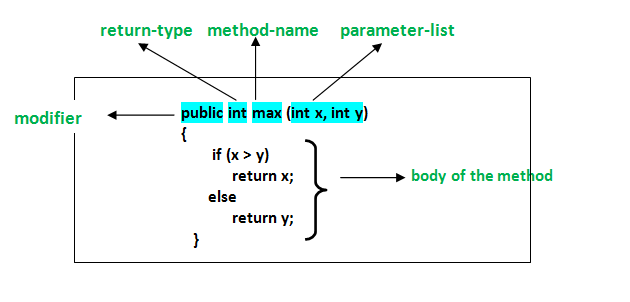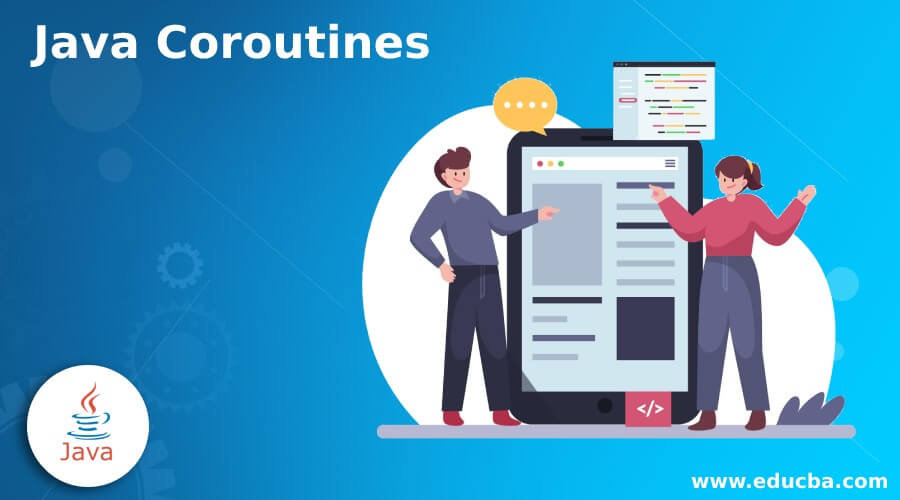Java Transactional annotation
Java Transactional annotation
I'd be happy to explain Java Transactional Annotation!
Java Transactional Annotation (JTA) is a technology for managing transactions in a distributed environment, such as EJB (Enterprise JavaBeans), JMS (Java Message Service), and other applications that require atomicity, consistency, isolation, and durability (ACID) properties. It's primarily used to ensure the integrity of database operations within a transaction.
What are Transactions?
A transaction is an operation that affects multiple data sources, such as databases or message queues. When you perform a transactional operation, the system ensures that either all changes occur (commit) or none do (rollback), maintaining consistency and avoiding partial results. This property is known as atomicity.
Key Concepts:
Transaction Manager: The Transaction Manager coordinates transactions across multiple resources (e.g., databases). It maintains a global transaction ID (GTXID) for each transaction, ensuring that all participating resources are aware of the transaction's status. Resource Managers: Resource Managers manage specific resources, such as databases or message queues. They coordinate with the Transaction Manager to participate in transactions. Global Transaction ID (GTXID): Each transaction is assigned a unique GTXID, which serves as an identifier for the transaction across all participating resource managers.How JTA Works:
Here's a step-by-step overview of how JTA works:
Begin Transaction: An application requests a transaction by calling thebegin() method on the Transaction Manager. Enlist Resource Managers: The Transaction Manager sends a message to each participating resource manager, requesting that they participate in the transaction. Perform Operations: The application performs operations on various resources within the scope of the transaction. Commit or Rollback: If all operations are successful, the Transaction Manager calls commit(); if any operation fails, it calls rollback(). The resource managers then update their respective states accordingly.
Types of Transactions:
JTA supports two types of transactions:
Local Transactions (within a single application): These transactions involve only local resources and do not require coordination with other applications. Distributed Transactions (across multiple applications): These transactions involve multiple applications, resource managers, and transaction coordinators to ensure atomicity and consistency.Benefits of JTA:
Improved Transactional Integrity: JTA ensures that either all changes occur or none do, maintaining the ACID properties. Scalability: By using a centralized Transaction Manager, JTA simplifies coordination across multiple resources. Flexibility: JTA supports various resource managers and transaction types, making it adaptable to different scenarios.Best Practices:
Use a Standard API: Use the standard JTA API (javax.transaction) for better portability and maintainability. Design for Failures: Plan for potential failures by implementing retry mechanisms or compensating transactions. Monitor Transaction Flow: Monitor transaction flow to ensure that the system behaves as expected.Conclusion:
Java Transactional Annotation (JTA) is a powerful technology for managing transactions in distributed environments, providing atomicity, consistency, isolation, and durability properties. By understanding JTA's key concepts, benefits, and best practices, you can better design and implement robust, transactional applications that ensure data integrity and consistency.
java transaction example
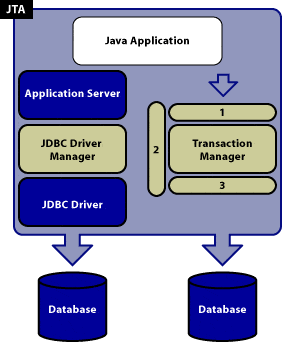
I'll respond in English as requested!
Here is a Java transaction example:
Let's say we have two tables: ORDER and PAYMENT. An order can be either PENDING, SHIPPED, or CANCELLED. A payment can be either UNPAID, PARTIALLY_PAID, or FULLY_PAID.
Order Table
| Order ID | Status |
|----------|--------|
| 1 | PENDING |
| 2 | SHIPPED |
| 3 | CANCELLED|
Payment Table
| Payment ID | Order ID | Amount | Status |
|-----------|---------|-------|--------|
| 1 | 1 | $100.00 | UNPAID |
| 2 | 1 | $50.00 | PARTIALLY_PAID|
| 3 | 1 | $50.00 | FULLY_PAID |
Transaction Example
Suppose we want to create a transaction that updates the order status and payment status when a payment is made. We can use Java's try-catch-finally block for this purpose.
public void makePayment(int orderID, double amount) {try {
// Update payment status
Payment payment = getPayment(orderID);
if (payment.getStatus().equals("UNPAID")) {
payment.setAmount(payment.getAmount() + amount);
payment.setStatus("PARTIALLY_PAID");
updatePayment(payment);
} else if (payment.getStatus().equals("PARTIALLY_PAID")) {
double newAmount = payment.getAmount() + amount;
payment.setAmount(newAmount);
if (newAmount >= payment.getOrder().getTotalPrice()) {
payment.setStatus("FULLY_PAID");
}
updatePayment(payment);
} else {
throw new Exception("Payment is already fully paid.");
}
// Update order status
Order order = getOrder(orderID);
if (order.getStatus().equals("PENDING")) {
if (payment.getAmount() >= order.getTotalPrice()) {
order.setStatus("SHIPPED");
}
updateOrder(order);
} else if (order.getStatus().equals("SHIPPED")) {
// No changes needed for shipped orders
} else {
throw new Exception("Order is already cancelled.");
}
} catch (Exception e) {
System.out.println("Error: " + e.getMessage());
} finally {
// Commit or rollback the transaction based on success/failure of updates
}
}
Explanation
In this example, we create a method makePayment that takes an order ID and an amount as parameters. The method tries to update the payment status and order status accordingly.
If the payment is unpaid, it updates the payment amount and status. If the payment is partially paid, it updates the payment amount and checks if the new total equals or exceeds the order total price. If so, it updates the payment status to "FULLY_PAID".
For the order, if it's pending, it updates the status to "SHIPPED" if the payment amount equals or exceeds the order total price. If the order is already shipped, no changes are needed.
If any exceptions occur during the update process (e.g., trying to make a payment on an order that's already cancelled), the method catches and prints the error message. Finally, it executes the commit or rollback statement based on whether the updates were successful.
